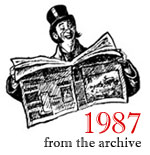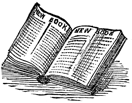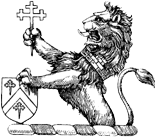
Mariology: The Essence of Rome’s “Errors”?
GUEST COLUMN
Karl Barth, speaking for classical Reformation theology, wrote in his Church Dogmatics: “In the doctrine and worship of Mary there is disclosed the one heresy of the Roman Catholic Church which explains all the rest.” Even Max Thurian, who has written a Protestant Marian theology, observed in his Ways of Worship that most devout Protestants “tremble on hearing the phrase ‘the blessed Virgin Mary.'”
The Second Vatican Council, sensitive to the issue, warned in Lumen Gentium that theologians and preachers should refrain from saying or doing anything that might “lead the separated brethren or any others” into misunderstanding the Church’s Marian doctrine, while the faithful were told that true Marian devotion must rest upon “true faith” and be in no way the result of “vain credulity.” And by the way, contrary to Barth, Catholics adore Mary, but they don’t, or shouldn’t, “worship” her.
In the past several decades some Protestant writers have moved far from the classic position of Barth. Max Thurian is an excellent example (see his Mary, Mother of the Lord). More to the point, the path taken by Newman toward perceiving Mary as “the second Eve” provides a possible model today for a better understanding of Mary by Catholics and Protestants alike.
John Henry Newman, in his youth, most certainly “trembled” when first confronted with Catholic devotion to Mary. He wrote to his mother on January 26, 1833, from Malta that the Greeks paid too much honor to the Virgin, and added, “I do not see that the Romanists are more than advanced Greeks, the errors being the same, though less in degree in the latter.” He also wrote of his longing for the “quiet and calm” of the services of the English Book of Common Prayer, which he described as “soothing” and quite unlike “the sight of that…religion which is around me – statues of the Madonna in the streets.”
You May Also Enjoy
If the Fatima story had occurred in the days of the Old Testament, it would have been made into a book of the Bible — prophecy-filled, drama-packed, and miracle-rich.
Newman was a good man before he became a Roman Catholic; his goodness motivated his conversion, and the conversion inspirited his goodness.
Penance is man’s pitiful part in cooperation with grace, an extreme method necessary to combat the difficulties posed by the passion and the pride of man.

